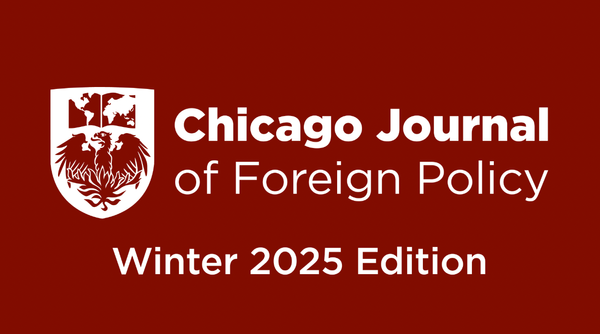The Case for Unconditional Aid: Why the IMF and World Bank Should be Structurally Adjusted

by BEN SILVIAN, University of Chicago ’20
The two largest global financial institutions, the World Bank and the International Monetary Fund, impose strong conditions on their loans, and they have since their inception. This system, known as the Washington Consensus (WC), has long required that a country go through “structural adjustment” in order to receive loans. In practice, this means the country must liberalize its economy by limiting government spending, reducing taxes, privatizing state-owned enterprises, and opening itself up to trade. This seems reasonable in concept; we can kill two birds with one stone by both providing aid to less wealthy nations and promoting free markets at the same time.
The problem is that Structural Adjustment Programs (SAPs) are unequivocally bad. Structural adjustment is inherently a one size fits all policy, but as any dejected Target customer can tell you, one size does not in fact fit all. Additionally, IMF loans are often criticized for trying to use “shock therapy,” or trying to liberalize an economy too quickly, which has been quite counterproductive from Russia to Sub-Saharan Africa. Joseph Stiglitz, Nobel Prize winner in economics and World Bank Chief Economist from 1997-2000, was one of the first major opponents of structural adjustment, arguing that liberalization needed to be more targeted and gradual. He resigned at the beginning of 2000 when the organization chose to ignore his advice.
Study after study has come out condemning structural adjustment and pointing out the tangible problems it has created. A 2017 UMass Amherst study found that SAPs increase corruption and worsen governance, arguing that they weaken bureaucracies, and prioritize paying back debt over improving health and reducing poverty. [1] A 2017 NIH study found that SAPs harm child and maternal health because they require governments to cut spending on medical services. [2] According to Stiglitz, “By 2016 there was a growing agreement that the WC policies were wrong.” [3]
The World Bank and IMF claim that they have ended structural adjustment. In a particularly humorous exchange with a reporter asking about SAPs in 2014, IMF Managing Director Christine Lagarde responded “Structural adjustments? That was before my time. I have no idea what it is. We do not do that anymore.” [4] However, that’s not exactly true. In fact, even though the IMF claimed to stop SAPs in 2008 after the financial crisis, the number of structural conditions applied to each program has increased since then. [5]

The IMF now shies away from the term Structural Adjustment, and it has made reforms to try to target its policies more toward the needs of specific countries. But we must remember: the core aspect of structural adjustment was conditional loans, and conditional loans have not disappeared.
The fear of conditionality causing countries to open their markets too quickly certainly still exists, but another worry now exists as well. China and its new investment bank, the AIIB, has been dishing out billions of dollars of unconditional loans all across the globe, from Southeast Asia to Africa to South America. If the United States wants to retain influence, unconditional loans may be a powerful way for it to shift the gaze away from China as a financial backer, and towards US institutions.
Of course, there are benefits to conditionality, and there are places where the IMF has succeeded while using conditional loans. But after years of criticism and failure, it may be time for the IMF to reconsider conditionality in its lending policies. In fact, it may be the IMF itself that needs to be structurally adjusted.
Sources:
[1] Lawrence King, “IMF’s Structural Adjustment Programs Weaken States They Aim to Strengthen,” The Real News Network, February 26, 2018, http://therealnews.com/t2/index.php?option=com_content&task=view&id=31&Itemid=74&jumival=21192.
[2] Michael Thomson, Alexander Kentikelenis, and Thomas Stubbs, “Structural Adjustment Programmes Adversely Affect Vulnerable Populations: A Systematic-Narrative Review of Their Effect on Child and Maternal Health,” Public Health Reviews 38 (July 10, 2017), https://doi.org/10.1186/s40985-017-0059-2.
[3] Cecilio Arillo, “The Washington Consensus | BusinessMirror,” March 12, 2018, https://businessmirror.com.ph/the-washington-consensus/.
[4] Cecilio Arillo, “The Washington Consensus | BusinessMirror,” March 12, 2018, https://businessmirror.com.ph/the-washington-consensus/.
[5] Alexander Kentikelenis, Lawrence King, and Thomas Stubbs, “Did the IMF Actually Ease up on Structural Adjustment? Here’s What the Data Say.,” Washington Post, June 2, 2016, sec. Monkey Cage, https://www.washingtonpost.com/news/monkey-cage/wp/2016/06/02/did-the-imf-actually-ease-up-on-demanding-structural-adjustments-heres-what-the-data-say/.





